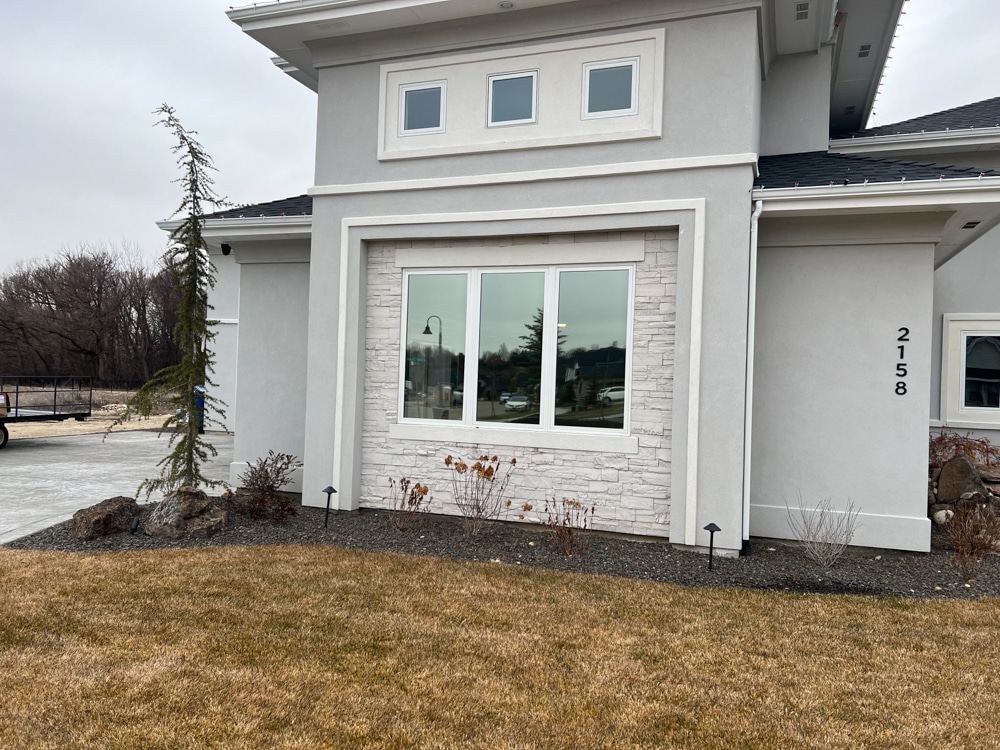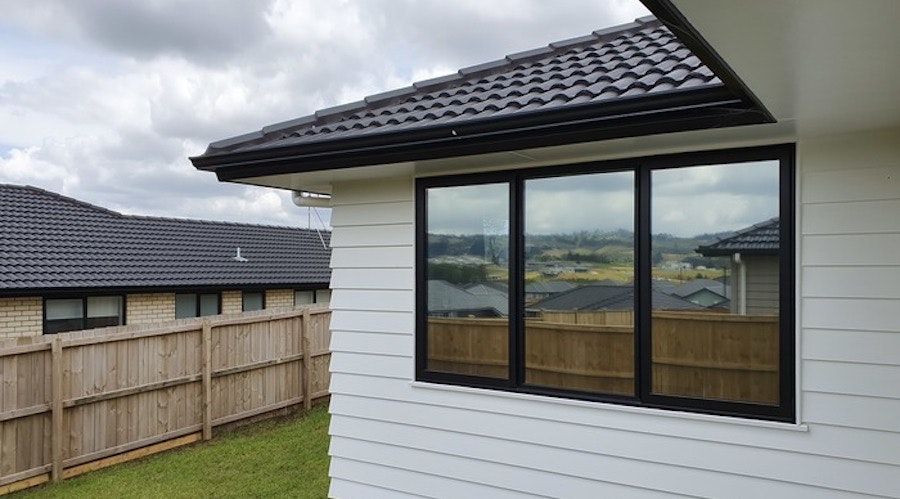Residential Window Tint: Enhance Personal Privacy and Style in Your Home
Residential Window Tint: Enhance Personal Privacy and Style in Your Home
Blog Article
Exactly How Residential Window Tinting Boosts Your Home's Energy Performance
Residential home window tinting presents an engaging option for property owners seeking to boost energy effectiveness within their space. By using specialized movies to home windows, it successfully minimizes heat transfer, therefore supporting interior temperature levels and lessening the demand for excessive home heating or cooling. This not just reduces energy consumption yet likewise provides an extra comfy environment by reducing glow. Nevertheless, comprehending the subtleties of how tinting works and selecting the ideal type for your home can be critical. Curiously, what factors should one consider prior to making this investment?
Comprehending Window Tinting
Comprehending home window tinting is necessary for homeowners looking for to enhance both comfort and power efficiency in their space. Residential Window Tint. Window tinting entails the application of a thin movie to the interior or exterior surface area of glass windows. This film can considerably modulate the amount of sunlight and heat that enters a home, thus affecting interior environment problems
There are numerous sorts of home window tinting movies offered, each with distinctive properties. Dyed movies absorb solar energy, while reflective movies deflect it away from the glass surface area. Ceramic movies offer a balance of presence and warmth denial, making them a popular choice among homeowners. The efficiency of home window tinting is usually gauged by its Visible Light Transmission (VLT) portion, which shows just how much light can pass through the film.
Advantages of Energy Effectiveness
Window tinting not just improves aesthetics but also plays a substantial function in enhancing power effectiveness within domestic areas. By lowering heat transfer via home windows, colored films develop a much more stable interior environment, which can lead to significant reductions in power consumption for heating and air conditioning. This energy efficiency converts right into lower utility expenses, supplying home owners with substantial long-term cost savings.

Additionally, home window tinting boosts the comfort of living rooms. By lessening glare and blocking unsafe UV rays, colored windows develop a more pleasurable environment, which can cause enhanced wellness for owners. The protection versus UV rays also aids protect furnishings and flooring from fading, adding to the longevity of household items.
How Tinting Works
Tinting movies run through a combination of sophisticated products and technologies designed to regulate the amount of solar power getting in a home. Mainly composed of polyester, these movies usually integrate ceramic or metallic particles that mirror and absorb warmth. This double capacity allows them to dramatically minimize the infiltration of ultraviolet (UV) rays and infrared radiation while permitting noticeable light to pass through.
The efficiency of window tinting is gauged by its solar heat gain coefficient (SHGC), which suggests just how much solar power is transferred through the home window. Reduced SHGC values are more effective as they signify better warm denial. In addition, window colors can include a variety of shades, permitting home owners to customize their aesthetic choices while boosting energy efficiency.
In addition, these movies serve as a barrier, protecting against heat loss during chillier months by showing indoor heat back right into the home. This thermal insulation impact enhances the air conditioning benefits gained during warmer months, adding to a well balanced interior climate year-round. By handling solar power properly, domestic home window tinting not just enhances comfort however additionally plays an important duty in decreasing power intake and lowering utility expenses.
Picking the Right Tint

There are numerous sorts of home window movies available, consisting of dyed, metalized, and ceramic. Colored films are cost-effective however might have limited sturdiness. Metalized movies offer much better heat being rejected more helpful hints yet can interfere with digital signals. Ceramic films offer exceptional warm control without endangering presence and are very long lasting, making them a preferred option.
Noticeable light transmission (VLT) is an additional important variable, as it shows the quantity of all-natural light that can travel through the tinted glass. House owners must pick a color with a VLT that complements their illumination preferences while still supplying ample glare reduction.
In addition, evaluating the solar warm gain coefficient (SHGC) can help figure out just how well a tint can block heat from sunshine. A reduced SHGC shows better heat control, eventually boosting energy effectiveness.
Installation and Maintenance Tips
Proper setup and maintenance are essential parts in maximizing the advantages of household window tinting. Specialists additionally use specialized tools and methods, which can boost the sturdiness and effectiveness of the tint.
Adhering to installation, upkeep is vital to extend the life of the home window film. It is suggested to wait at the very least one month prior to cleaning the tinted home windows to permit the adhesive to treat totally. When cleansing, use a soft fabric and a mild, ammonia-free cleaner to avoid damaging the movie. Stay clear of abrasive materials that might scratch the surface.
Attending to these concerns quickly can protect against further damage and preserve energy effectiveness. By like this sticking to these installment and upkeep pointers, homeowners can ensure their window tinting continues to provide significant energy cost savings and comfort for years to come.
Conclusion
To conclude, property window tinting works as a reliable solution for enhancing energy performance within homes. By lowering warm transfer and blocking harmful UV rays, home window films add to decrease energy consumption and enhanced interior convenience. The selection of ideal tinting materials, along with correct setup and upkeep, additionally makes best use of these advantages. Ultimately, home window tinting represents a lasting financial investment that not only decreases utility costs yet likewise promotes a comfortable living setting throughout the year.
Home window tinting includes the application of a slim film to the inside or exterior surface area of glass home windows. By decreasing warmth transfer with windows, tinted movies create an extra stable interior climate, which can lead to considerable decreases in energy usage for heating and air conditioning.The efficiency of home window tinting is determined his comment is here by its solar heat gain coefficient (SHGC), which suggests just how much solar energy is transferred through the home window. By managing solar power efficiently, property window tinting not just boosts comfort however also plays an essential role in minimizing power intake and lowering energy expenses.
By reducing warm transfer and blocking harmful UV rays, window movies add to reduce energy usage and enhanced indoor comfort.
Report this page